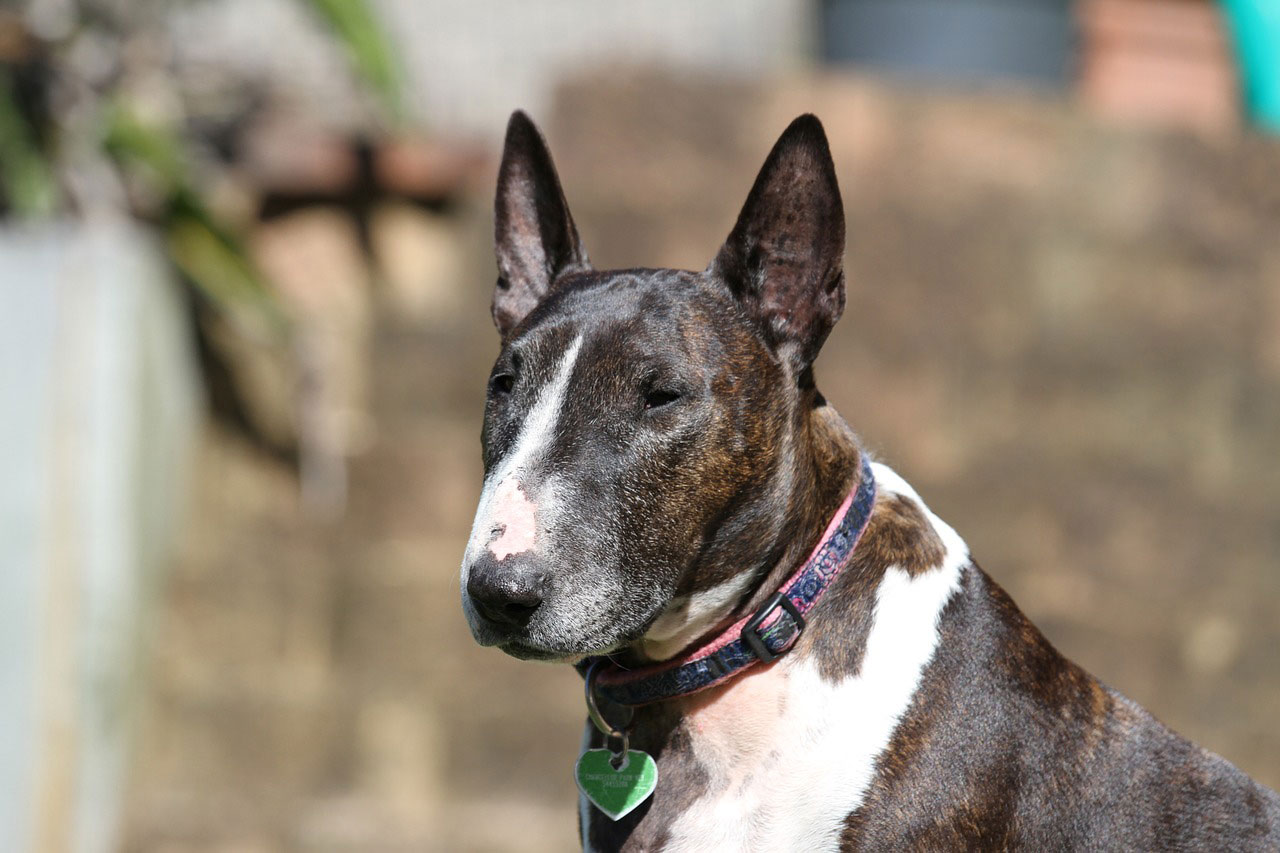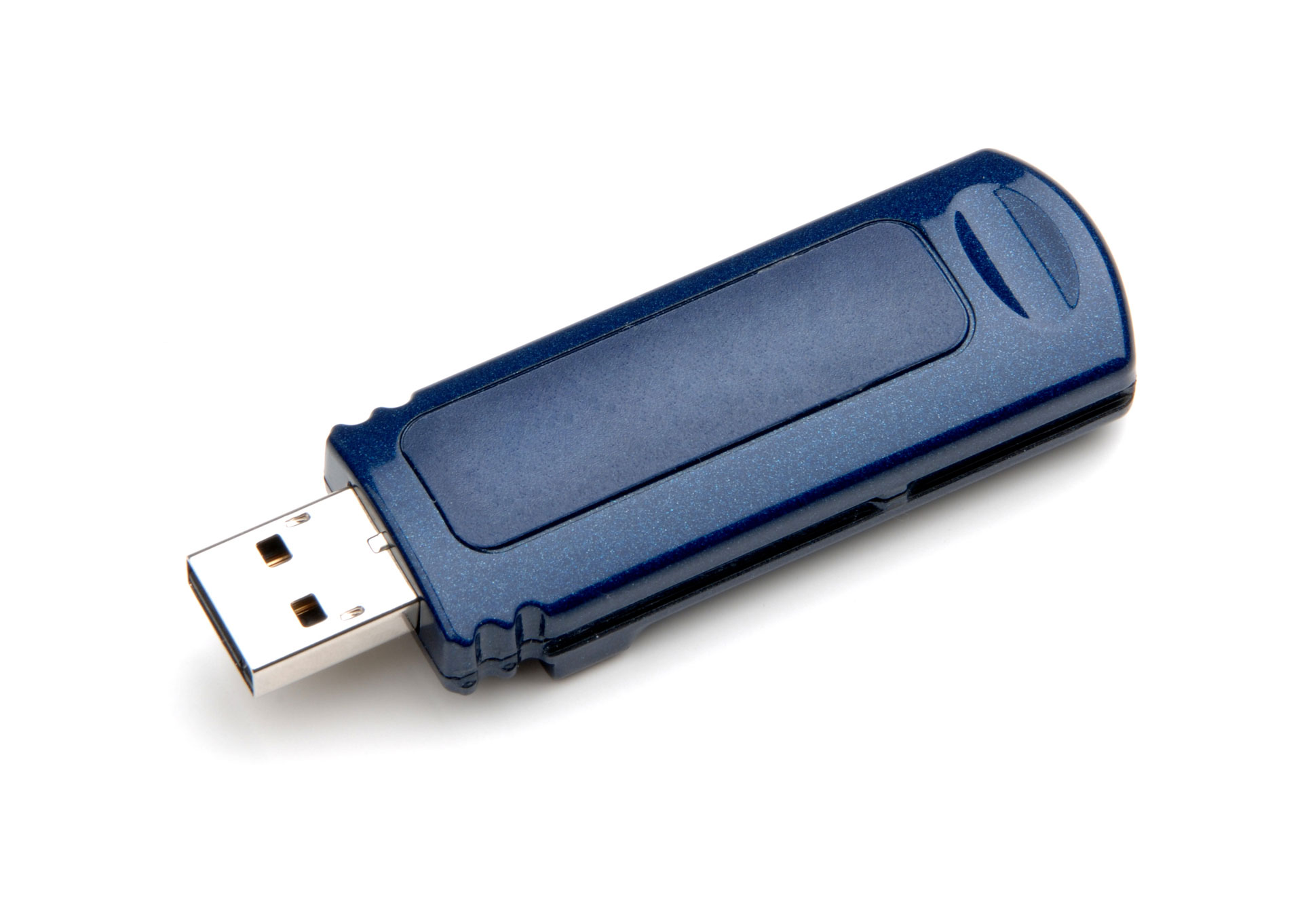
How You Can Prepare for Natural Disasters with Your Dog
You never know when a disaster will strike. Whether it's a fire, hurricane, tornado, or mudslide, it's crucial to have a plan. If you have a furry friend, it's your duty to keep her safe. Follow the 10 tips below to prepare for a natural disaster with your pet.
Personalize the Collar
If your pet gets loose, her collar should provide all the information needed for a safe return. Be sure all tags are up-to-date, including county licensure and rabies vaccines. You should also add a personalized tag engraved with your dog's name, your name, your address, and a phone number.
Invest in a Microchip
Is your pet microchipped? If not, now is the time to do so. Once inserted, the chip—and all the useful information on it—can be scanned by any veterinarian. After registration, keep your contact information up-to-date, including any address or phone number changes.
Get a Rescue Alert Sticker
You can never predict a disaster. One way to prepare is to get a free rescue alert sticker. Once it arrives, mark how many dogs and cats you have, and then stick it to a front door or window. If your house should flood or catch fire, rescue workers will know they need to find a beloved pet inside.
Set Up a USB Drive
A natural disaster may mean quick evacuation. Have all of your pet's documentation on-hand by setting up a USB drive. Also, make copies of your pet's vet records, including prescriptions and vaccinations. Many pet-friendly shelters will require proof of these records before admittance.
Buy a Travel Crate
It's a smart idea to have a travel carrier even if your pet doesn't typically use it. Look for a collapsible crate that's easy to fold and carry when not in use. Familiarize your pet with the new space before a crisis occurs. You should also keep the carrier near the exit, making it easy to grab when on-the-go.
Arrange a Safe Sanctuary
Never assume emergency shelters will let you bring a pet inside. Before disaster hits, call shelters in your area and ask about the pet policy. Verify if pets are allowed and, if so, what documentation is required. Some may have size, species, and quantity restrictions. If you cannot find suitable accommodations, contact local hotels.
Practice an Evacuation Routine
Pets can get anxious when they don't understand what's going on. Practice evacuation before a disaster to familiarize your furry friend with the process. With a small dog, for example, you might put them in the travel crate, grab the go-bag, and head to the car. Take a short drive around the block and circle back home. Don't forget a treat at the end for good behavior.
Prepare an Emergency Kit
Make a pet emergency kit you can grab quickly in case of a disaster. This bag should contain a week's worth of canned or dry food, refreshed regularly. Add first aid essentials like antibiotic ointment, gauze, and bandages. Plus, don't forget pet basics like feeding dishes, water bowls, and a blanket.
Find a Trusted Caregiver
In some events, you may need to separate from your pet temporarily. For example, say an earthquake occurs on your way home from work, and you can't get back to your furry friend. Research beforehand to find a caregiver you can trust. Give this person a set of keys and let them know where you keep all pet necessities.
Pet-Proof Your Home
When stuck home with your dog during a natural disaster, there are steps you can take to stay safe. Barricade unused rooms and open fireplaces. If possible, designate a safe room where you keep all emergency supplies in one convenient spot.
A natural disaster can be scary. Keep you and your dog safe by making the right preparations. Keep tags up-to-date and invest in an identifying microchip. Look for sanctuary ahead of time, including a trusted caregiver in the event of temporary separation. Plus, don't forget to make a pet emergency kit, with essentials like food, medical supplies and leashes.
Emily is a freelance wildlife conservation and pet blogger. To check out more of her work, see her blog, Conservation Folks, or follow her Twitter account @emilysfolk.










